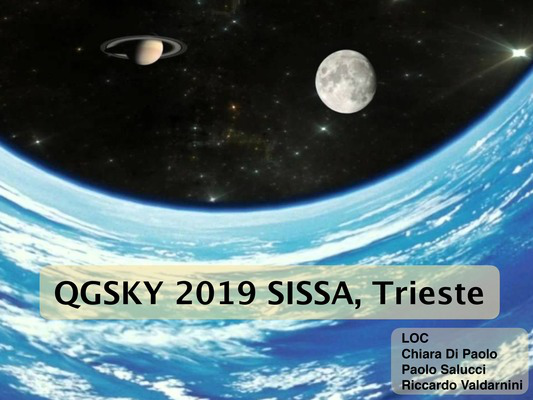Speaker
Description
Recently, the cosmographic approach has gain considerable interest as model-independent technique able to describe the recent expansion of the universe.
Indeed, given only the observational assumptions of the cosmological principle, it permits the study of the dark energy (or modified gravity) evolution without the need of assuming a specific cosmological model.
Up to now, the cosmographic approach has been used to reconstruct the Hubble parameter as a function of redshift, assuming an arbitrary fiducial value for the current matter density, analysing low redshift cosmological data.
In this talk I propose a different strategy, linking the cosmographic behaviour of large scale universe evolution with the standard cosmological model, that we can assume at small scales (starting from matter domination era) without loss of generality.
In this way, we can use cosmography for the evolution description of the late time universe without assuming ``a priori" values for the cosmological parameters, that we constrain at early times using both the current Cosmic Microwave Background data and Barionic Acoustic Oscillation data.
I will show the results of this first test of such a new strategy, using the Padè polinomials P(2,2) series, and also the interesting dependence of the current matter density value with cosmographic parameters as well as the data constraints on these latter.



